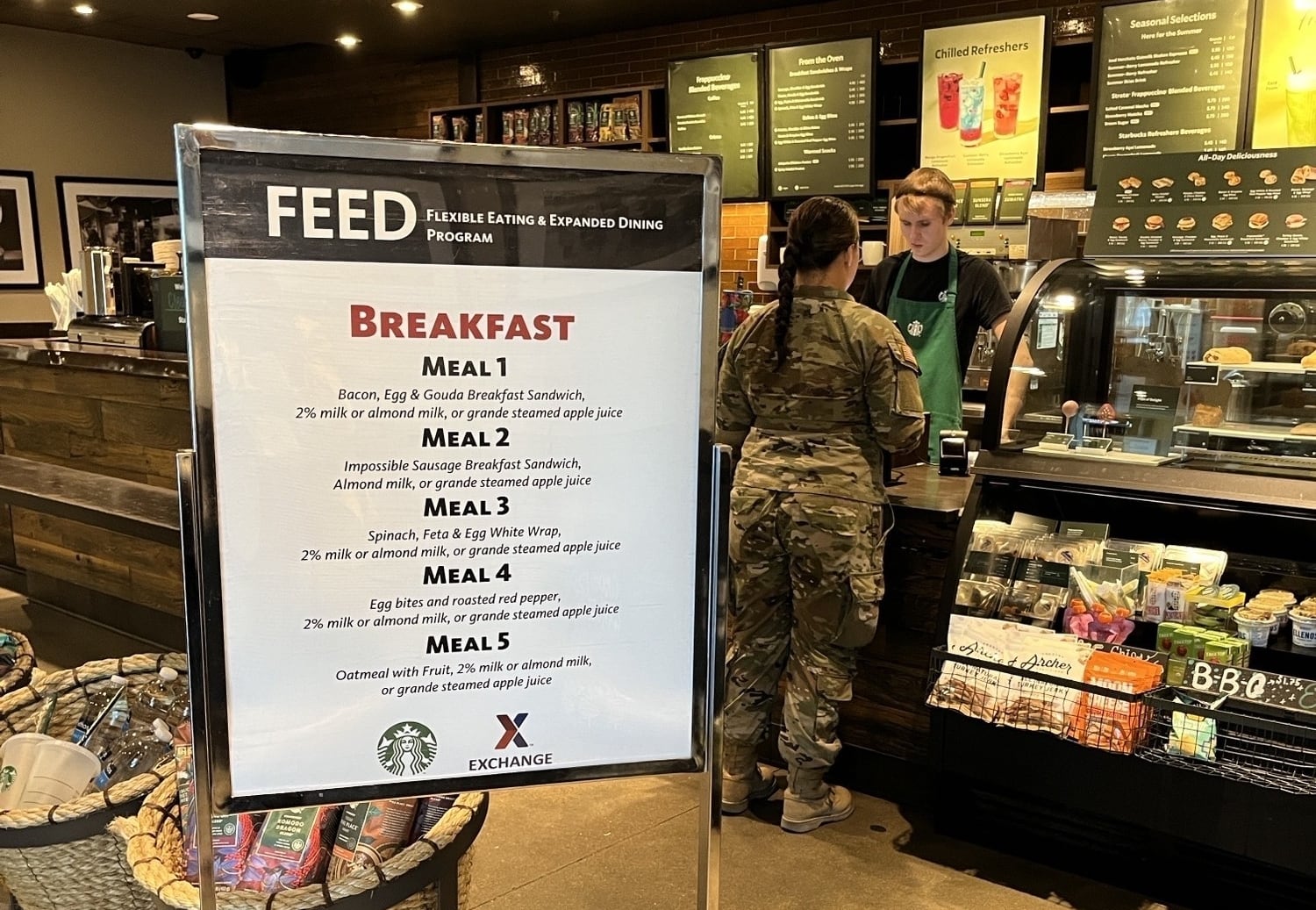The Interest Rate Reduction Refinance Loan, or IRRRL, allows veterans to take advantage of lower interest rates while maintaining the backing of the VA in their new mortgage setup. And while VA-backed refinancing has made headlines recently, they’ve stressed the problems with frequent refinancing instead of how the program is supposed to work.
If you’re looking at reworking your existing VA-backed loan, here are some guidelines, restrictions and red flags to consider as you navigate the IRRRL process, courtesy of official VA sources.
1. ARMed service. The refinanced loan must include a lower interest rate than the initial loan, with one exception: Borrowers looking to refinance an adjustable-rate mortgage, or ARM, into a fixed-rate setup may do so at a rate higher than they’re paying (likely so they can avoid future rate hikes).
2. Watch your payments. Though the rate may go down, your payments may not, and that could be a good thing. Many borrowers use the refinancing opportunity to shorten the length of their loan, cutting the rate while paying off their home faster. This could mean higher payments, but over a shorter span. Lenders must take special steps if the payments jump by 20 percent or more, regardless of the loan’s term.
3. Length limit. Borrowers also can go the other way with an IRRRL, opting for a longer-term loan with a smaller interest rate. VA rules require the refinanced loan to be no more than 10 years longer than the original loan’s term, with a maximum of 30 years and 32 days.
RELATED

4. Who can qualify? Eligibility for the IRRRL remains on the shoulders of the veteran that took out the initial loan. That can’t be transferred: A spouse cannot use the program alone if they are divorced from the veteran, nor if the veteran dies. If the veteran’s first loan was a joint loan with a nonveteran partner, that partner can’t refinance alone.
5. Out-of-pocket roundup. Costs of the loan can be rolled into the borrower’s payment, provided the fee structure falls within VA guidelines. That means borrowers may not need out-of-pocket funds at closing. Only two discount points can be included in the loan amount.

6. Cash I cash out? Not exactly. VA regulations prohibit borrowers from pocketing any money as a result of the refinance, with limited restrictions: You may be eligible to receive an advance on energy-efficient improvements, for example, or you can get back any leftover money in escrow attached to the old loan.
7. Shop around. While veterans likely are quite familiar with their refinancing options thanks to multiple solicitations, VA recommends checking with multiple lenders to find the best loan package. That said, if a loan offering looks too good to be true ...
Learn more about the VA loan process at our VA Loan Center.
Kevin Lilley is the features editor of Military Times.










